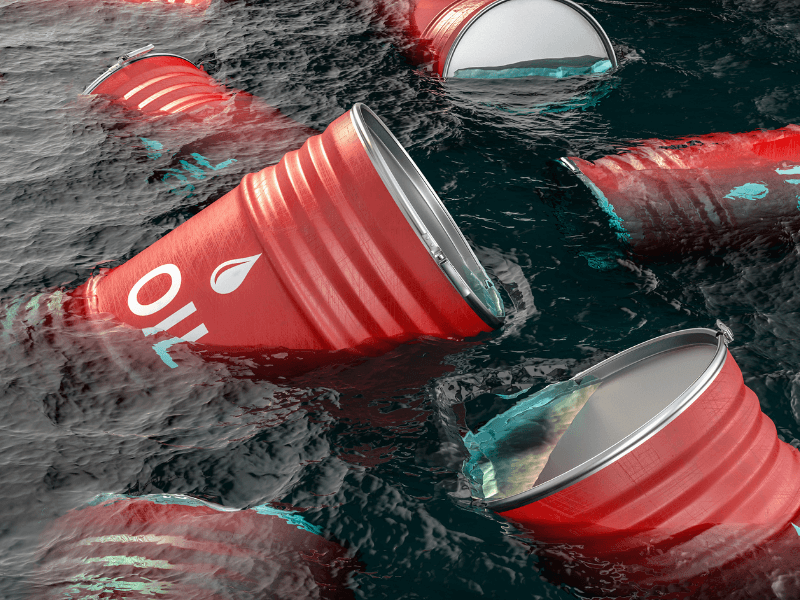Between 1970 and 2016, over 5.73 million tonnes of Oil was spilled into the earth’s oceans as a result of tanker accidents and shipping incidents. While technology has evolved and such incidents are far less frequent today, the 1000-tons oil spill caused by Japanese Tanker MV Wakashio on the coast of Mauritius a year back was a sobering reminder that such accidents continue to plague the marine industry even today.
While Oil Booms are commonly used as a fire-fighting tool to tackle oil spills, Artificial Intelligence is increasingly becoming the frontrunner as a problem solver to avert and mitigate effects of damaging oil spills in the future.
AI technologies such as Windward not just help preempt oil spills by alerting ship operators of weather changes, currents are other factors that cause oil spills but also help activists, local government bodies and NGOs involved in oil spills cleanup to identify root causes of oil spills once it occurs by establishing probable timeframes of the spill, and sieve out list of potential perpetrators based on the type of vessel and the vessels that were within the spill area at the time. Windward was instrumental in helping in the cleanup of the mediterranean sea oil spill that occurred in February 2021.
AI technologies involve a high upfront capital cost for set-up for the marine industry, but it is far less expensive than the costs associated with reputational damage and environmental impact that an oil spill can have today, even accounting for expected costs given the small probability of an occurrence today.
How can AI help avert oil spills:
Preempt Breakdown: Much like assisted driving technologies that help a driver prevent busy routes, accident prone spots, and detect drowsiness and intoxication levels of a driver, AI can help seafarers avert choppy waters, alert them of potential harsh weather conditions in the sea, trigger alarms for malfunctioning parts and pre-empt equipment failure on board. AI technologies can also enable seafarers to use digital modelling to stimulate oil spills to come up with robust crisis response plans.
Mitigate Damage: Much like any emergency crisis, the initial few minutes after an oil spill assumes greatest importance. Often there is a risk of a ship breaking up, causing catastrophic levels of oil spills to occur within minutes of the first oil spill. AI technologies help ship operators in taking a more proactive approach by
assessing oil particles floating in the water, and faster communication with coastal emergency responders. This will also help reduce human exposure to carcinogens: another byproduct of oil spills.
Site Discovery and Exploration: AI solutions can also identify pressure during drilling activities and assess the integrity of offshore infrastructure. Using technology such as SparkPredict, one can better analyse subsea and seismic data, rock and fluid dynamics subsea to achieve higher output of oil exploration with fewer sites.
Covid-19 has meant a revenue drop for Oil and Gas Companies, and a renewed focus on remote discovery for oil, which are costly and inaccessible for human intervention. Technology like SparkPredict can help fill this need gap.
Cloud Computing vs Local Edge Computing: No AI/ML/Predictive Maintenance solutions today are conceivable without Cloud Computing for 24*7 remote analytics. However the challenge for IOT Cloud Computing using AI offshore is the fact that most satellite communication facilities operate at 2MbPs; this makes
data transmission for cloud computing difficult. To balance the benefits of remote working that Cloud Computing offers are the noticeable costs on the environment that the high energy stress of data centres requirements will place on the offshore industry. The Jury is still out on Cloud vs Local in this case!
